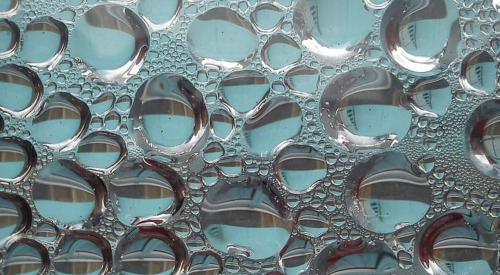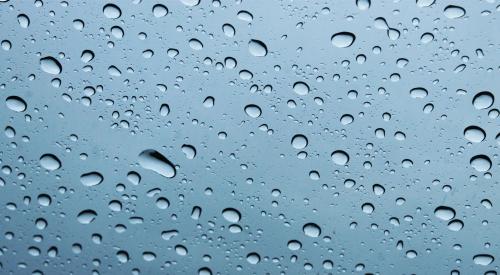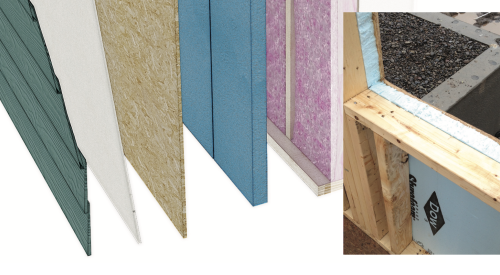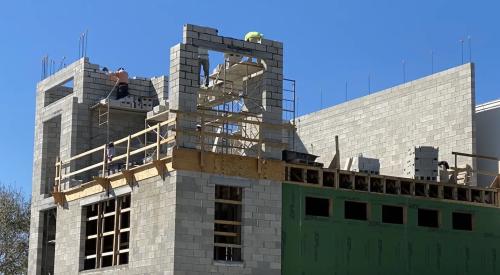|
Heather McCune's Editorial Archives
|
Resource-efficient construction and sustainable building make sense from every angle. Applied together, they result in new homes that last longer, cost less to operate and maintain, and most importantly, appeal to buyers. Despite all the positives, the perception still exists in the industry that builders must "go weird" if they want to build green, says Austin, Texas architect Peter Pfeiffer, Barley & Pfeiffer Architects.
"Nothing could be further from the truth," said Pfeiffer in a seminar at the National Green Building Conference in Denver. "Green building doesn’t mean rammed earth or straw bale houses. It means employing creative thinking to come up with locally appropriate strategies to construct houses that make the most efficient use of materials and land while offering the buyer greater comfort and a longer-lasting home."
Using this definition of green building, Pfeiffer outlined ways any builder can integrate sustainable practices into existing home designs and construction practices. Green building strategies must reflect a region’s climate, material availability and building practices. "What works in northern Michigan won’t work in Houston, Texas. There is no national way to build green."
In hot, humid climates like his hometown of Austin, the primary culprits that reduce energy efficiency and thus homeowner comfort are infiltration of outside air and moisture, summer-time solar gain and internal loads such as electric lighting. While these things can be planned for and managed during the design and construction phase, the most critical aspect of green design for energy efficiency is proper orientation of a home. Orient home to minimize late morning and hot afternoon solar gain by having the long sides of the structure facing north and south. Also orient a home to take advantage of prevailing breezes during the spring, summer and fall. The local airport’s weather office is a good source this information and climatological data for most areas can be found on the Internet.
Air Infiltration
To reduce the likelihood of air infiltration, Pfeiffer offered these tips:
The next installments of this series will offer tips on home orientation and unwanted solar gain, lighting, HVAC, plumbing, indoor air quality and homeowner education.
Heather McCune is the Editor-in-Chief for Professional Builder and Luxury Home Builder. Please email her with any comments or questions regarding her column.












